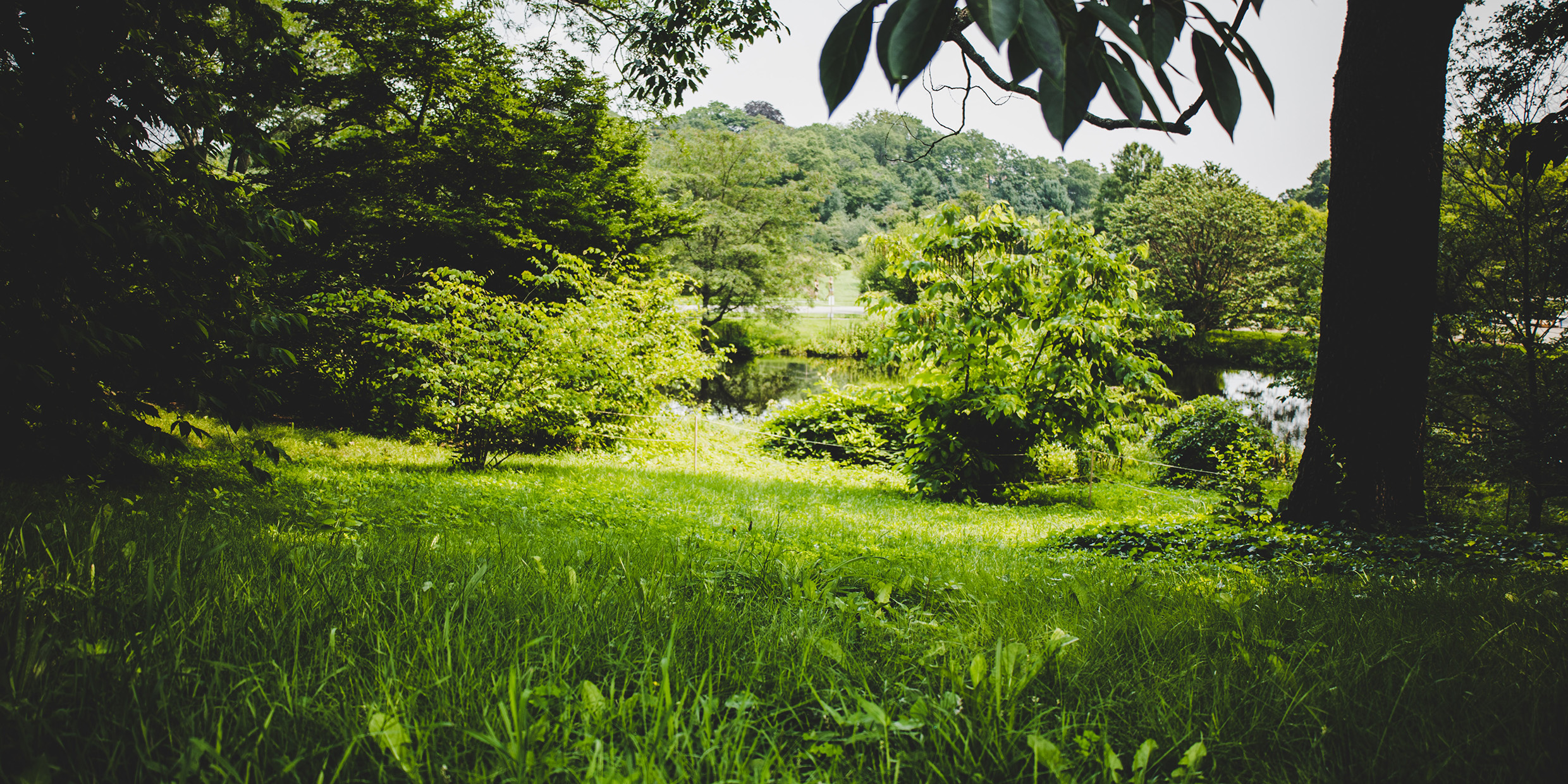Originally published 9 October 2001
It has been my privilege for 38 years to walk to work each day through land that belongs to the Natural Resources Trust of Easton. Woods, fields, water meadows, a stream: This gentle countryside has been a source of solace, inspiration and education.
The landscape of my path is a human artifact, as much so as the houses and automobiles I leave behind in North Easton village. Nothing remains of the great natural hardwood and conifer forest that reclaimed the frozen tundra when glaciers retreated northward from New England 12,000 years ago.
That post-Ice Age wilderness did not remain for long in the so-called “natural” state. Even as the ice began melting, Asian hunter-gatherers trekked across the exposed floor of the Bering Strait into Alaska (see level was lower with so much ice on the land), then made their way through ice-walled passages into the bountiful continent south of the glaciers.
Almost immediately, they imposed the imprint of human technology upon the land. Many large animals — including woolly mammoths, mastodons, giant ground sloths, and saber-toothed tigers — became extinct, perhaps because of over-hunting. The forests also were modified. The first Americans made clearings for their villages and fields, and the understories of forests were burned to improve hunting.
When Europeans wrested New England from Native Americans, they cleared much of the remaining forest. By the early 19th century, the Town of Easton was mostly open space. The clearing was done by small-holding farmers or timber merchants. The ax and saw were instruments of choice, although fire continued to play a role. The choicest trees were sawn into planks or boards for building, or hewn into posts and beams. Some trees were used for fuel or fencing. The rest were burned in the fields where they fell.
When young Oliver Ames arrived in North Easton in 1803, he had only one thing on his mind — making a perfect shovel and a comfortable living. He harnessed the power of the Queset Brook, and the Ames Shovel Co. and the town began a long and mutually beneficial relationship.
Oliver’s sons, Oakes and Oliver Jr., took over the company in 1844 with a mind to more than a merely comfortable living; they understood the resources of the continent to be God’s providential gift to those who had the vision and determination to seize them, and built a great family fortune on that premise. More than half of all the shovels in the world were produced in their factories, and the brothers were as responsible as anyone for building a railroad across the continent.
As is often the case with families built on industrial fortunes, it was the third generation of Ameses who “got culture.” They hired the brilliant architect, Henry Hobson Richardson, to ornament the village with splendid public buildings and to turn newly acquired patchworks of small holdings into gracious family estates.
Richardson shared Thoreau’s and Emerson’s devotion to nature. He built with native stone, even to the extent of using undressed glacial boulders, and he employed the gifted landscape architect, Frederick Law Olmsted, designer of New York’s Central Park and Boston’s Emerald Necklace.
Their goal was to enhance nature rather than subdue it. The landscape I walk through on my way to work was designed by Olmsted for the estate of a fourth-generation Ames in the 1890s, at about the time that President Theodore Roosevelt, John Muir, and others were arguing for the rational management of the nation’s natural resources.
If my path through woods and meadows is a source of visual delight and spiritual sustenance, it is due as much to Olmsted as to nature. The principles he applied to landscape architecture influenced those who gave birth to the national parks and forests that remain today exemplars of the aesthetic and scientific management of nature.
I agree with those conservationists who urge us to “tread lightly on the Earth.” Even if all 6 billion of us walked on tippy-toes, however, we could not tread lightly. There are simply too many of us to even dream of a “natural” Earth, or a “return to wilderness,” and our numbers are increasing.
As a species, we have a sort of “third-generation” decision to make, and it must be made globally (which is why a global culture and economy are so important): To limit our human numbers so that we might carry as many as possible of our fellow creatures with us into the future.
No one can tell if and when such a collective decision will be made. If it is made, it will be part of a greater vision to shape the planet into an artificial garden that nourishes a diverse flora and fauna, and that sustains and feeds the human spirit the way Olmsted’s carefully sculpted landscape along my path makes each daily walk a source of inspiration and delight.



